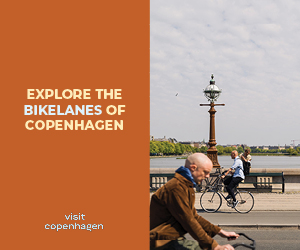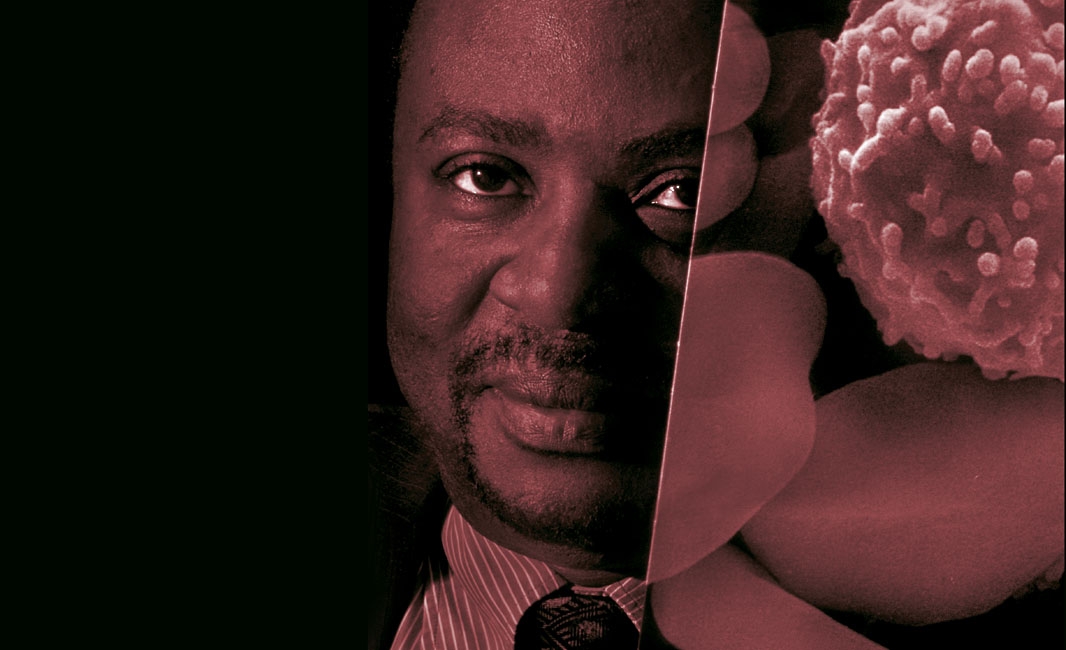The desire to cross oceans and push back the boundaries of the known world gripped countless explorers in preceding centuries, yet was still fresh in the nineteen hundreds. Apart from lofty mountains, notably Everest, the geographical world had been pretty thoroughly explored, and the potential for adventurism to turn into acquisitivism and imperialism was becoming only too apparent. It is hard to enlarge one’s own boundaries without encroaching on other peoples’, as the twentieth century went on to demonstrate in two world wars.
So we turned from physical boundaries to artistic ones. The removal of the constricting boundaries of form, perspective, metre, rhyme, rhythm etc. became the pursuit of artists of all kinds, experimenting with the delight of shocking art-lovers and helping us see everyday objects in new and fresh ways. Even common place grammatical forms and punctuation proved surprisingly easy to dispense with and still get a message across – better still, a dual message, adding the subliminal whisper, ‘Freedom!’, to the main story.
From Art, Music, Literature and, of course, Fashion, the wind of change moved to personal morals and social mores. Seeing boundary fences blown down is enormous fun and, of course, liberating, at least for a while.
The Swinging Sixties ushered in the ‘no-holds barred’ eventies, establishing sexual liberation and taking a fresh look at all
relationships. Marriage and conventional family, with their archaic expectations and religious associations, were inevitably hauled up for scrutiny and found wanting. Too restrictive, too boundaried, too dull!
We felt we were on a roller-coaster of new thoughts and ideas. Even brakes were considered part of the old order. Onward! Faster! So with the acceleration of postmodern deconstructionism knocking down hedges and fences all round, the social landscape in the twenty-first century has seen dramatic change. On the one hand this has brought greater freedom, on the other it has produced confusion and lostness for many. Boundaries define identity and without them it is hard to know exactly who we are. This sense of uncertainty means that most people are busy constructing their own boundaries, but often without a clear sense of where they should be, or how our world should look.
If you have ever watched a speeded-up video clip of people hurrying along crowded streets in rush-hour, you will have seen the amazing way we instinctively move, to seek to avoid touching each other, to respect each other’s physical space. Similarly, it is important that we respect the boundaries that guard the inner space of others, their thoughts, their heartaches, their dignity, allowing them to be who they are. But where do we draw the line?
Most of us confine our social relationships, wherever we can, to people who respect our boundaries, who will not overstep them (or not without apology). We feel more comfortable this way. But there will always be the lost souls, or the adventurers who gatecrash your world – the Marco Polos of the relational scene.
We have all encountered them or perhaps been them! How we react to them depends on how fiercely we feel the need to protect our boundaries – or how fragile the ego that reigns within us. But in rejecting them, we may be rejecting something or someone who could bring great enrichment to our life. In the first century AD, the early Christians were taught to practise hospitality freely, since some, in entertaining strangers, found they had entertained angels without knowing it. ‘Stay open to others’ was the message in a world rapidly closing in on itself. Boundaries in our personal lives can be hugely beneficial, defining who we are and the extent of our primary responsibilities. But they should never become barriers, garrisoning our hearts and lives and homes from the world outside.
The boundaries of our lives need to be extended more often than defended. We have abandoned many social and artistic boundaries. How sad if we build them round our hearts instead. But what can we say of the realm of the spirit? Here, surely, are no boundaries? Certainly, many people never discover the boundary lines here because they are like Sleeping Beauty – dead to the life of the spirit. But once awakened, the spirit quickly discovers the enormity of its realm. In our exploration we can find the shining boundaries that contain it: Faith, Hope and Love. These are the boundary posts. All Beauty, Truth and Goodness lie within them. Why would anyone want to venture into the darkness beyond?










